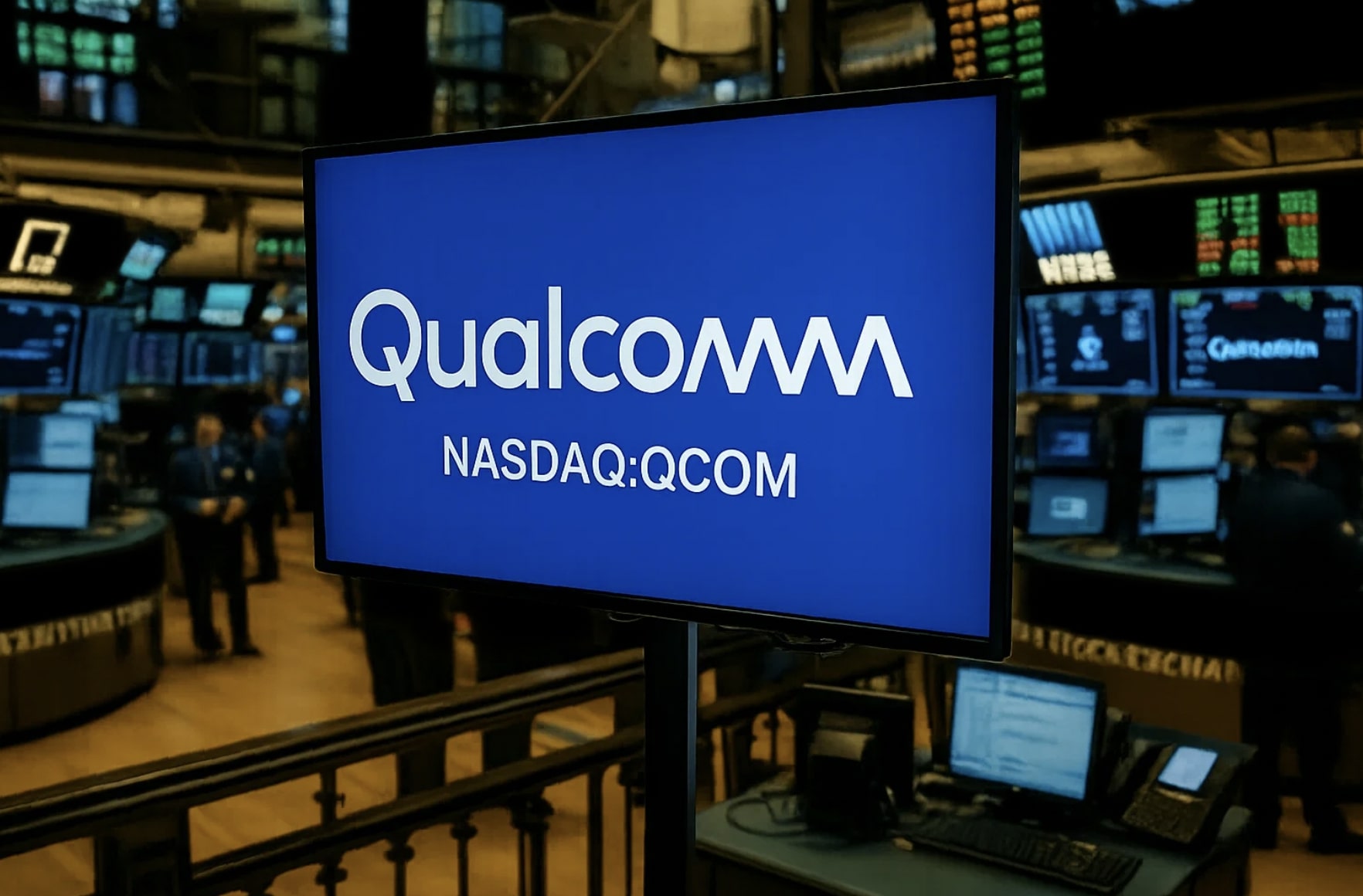
Why JPMorgan Equity Premium Income ETF (JEPI) Outshines Competitors for Income Investors in 2025
With a 7.44% Yield and Conservative Strategy, Should You Buy JEPI ETF Now? | That's TradingNEWS
Analyzing JPMorgan Equity Premium Income ETF (NYSEARCA:JEPI): A Strong Play for Income in Volatile Markets
The JPMorgan Equity Premium Income ETF (NYSEARCA:JEPI) continues to stand out as a reliable choice for income-focused investors, particularly in the current market climate, characterized by rising volatility and a mixed economic outlook. With a diversified portfolio, strong income generation, and a conservative approach, JEPI positions itself as an ETF built for income stability rather than capital appreciation. Let’s dive deep into the details of JEPI’s performance, its strategy, and why it remains an excellent choice for investors seeking steady returns in a volatile environment.
Understanding JEPI’s Strategy and Performance
JEPI is primarily known for its income-generating strategy, which involves selling covered calls against its portfolio of equities and using equity-linked notes (ELNs). The fund’s reliance on covered calls is a key driver of its ability to produce high yields, especially in a volatile market. These calls are written against a diversified basket of stocks, with the fund maintaining around 80% of its assets in equities. The remaining 20% is allocated towards ELNs, structured financial products that blend fixed income and equity characteristics, providing additional income.
The current yield of JEPI is an attractive 7.44%, which is significantly higher than the broader market, making it a popular option for income-seeking investors. The ETF’s total assets under management (AUM) stand at $39.6 billion, showcasing strong investor confidence and a large institutional base. While the S&P 500 has been highly concentrated in a few mega-cap tech stocks, JEPI’s diversified approach—focusing on sectors like healthcare, industrials, and financials—makes it less sensitive to the fluctuations seen in tech-heavy ETFs.
In 2025, as volatility increases and certain sectors face turbulence, JEPI’s strategy of focusing on lower beta stocks—especially those in defensive sectors—has allowed it to outperform the broader S&P 500. The ETF has maintained a more stable value in comparison to more volatile tech-heavy ETFs like SPYI, highlighting its strength as a conservative income play.
JEPI vs. SPYI: Key Differences
When comparing JEPI with other ETFs like the Neos S&P 500® High Income ETF (SPYI), we see stark differences in strategy and performance. JEPI’s portfolio is more diversified, with fewer holdings in tech stocks, resulting in a lower beta of 0.57. This low beta is indicative of its reduced market volatility compared to SPYI, which has a beta of 0.77. For investors who are concerned about the tech sector’s overvaluation and the potential for a market correction, JEPI’s more conservative nature offers a buffer against the sharp declines typically associated with overexposed tech stocks.
The downside to JEPI’s approach, however, is that it caps its upside potential, as the covered calls limit the fund’s ability to fully capitalize on bullish market movements. This makes JEPI a less attractive choice during strong bull markets when tech stocks are leading the charge. However, in the current environment of rising inflation and market uncertainty, JEPI’s stability and income generation take precedence, making it a solid choice for income-focused investors.
JEPI’s Income Generation: A Look at Dividends
JEPI’s monthly dividend payments, which currently stand at an annual rate of $4.27, reflect the income the fund generates through its call-writing strategy and ELNs. While the dividend yield has fluctuated over the years—primarily due to market conditions and changes in volatility—the fund has been able to maintain a robust yield, consistently paying out over 7%.
In the past, JEPI’s dividend payments have increased in line with periods of high volatility, such as during market corrections. This was particularly evident in 2022 and 2023, where the fund capitalized on elevated premiums from call options during periods of market turbulence. As the market continues to experience volatility in 2025, there is potential for an uptick in JEPI’s dividends, especially as the fund benefits from higher premiums on its call options.
It’s important to note that JEPI’s dividend yield comes from a combination of short-term capital gains, interest income from its equity-linked notes, and income generated from its equity holdings. This structure is different from that of more traditional dividend-paying ETFs, which rely primarily on dividends from their underlying stocks.
Tax Considerations: JEPI vs. SPYI
A critical aspect for investors when choosing between income-focused ETFs like JEPI and SPYI is understanding the tax implications of their distributions. JEPI's dividends are primarily classified as ordinary income, which means they are subject to regular income tax rates. However, for tax-advantaged accounts like IRAs, this is less of an issue, and investors can benefit from the high yield without worrying about immediate tax consequences.
On the other hand, SPYI’s use of return-of-capital (RoC) tax treatment makes it more tax-efficient in taxable accounts. RoC distributions are not taxed until the investor sells their shares, allowing for tax deferral and potentially lower capital gains taxes when the shares are sold at a profit. For investors holding their ETFs in taxable accounts, SPYI’s more tax-efficient structure may be preferable, especially if they are seeking to minimize taxes on their income.
However, for those holding their investments in tax-deferred or tax-advantaged accounts, the higher yield from JEPI might make it a more attractive option, as the tax burden becomes irrelevant in these cases.
Conclusion: Is JEPI a Buy or Hold in 2025?
JEPI’s conservative portfolio construction, low beta, and strong income generation make it a top pick for investors looking for a steady income stream amidst rising market volatility. While its yield of 7.44% is attractive, it’s essential to consider the fund’s income-generating strategy, which may lead to fluctuating dividend payments based on market conditions. Despite its limited upside during bull markets, JEPI is a solid choice for those seeking income in 2025, especially in a market where tech stocks may underperform.
Given its lower exposure to the tech sector and focus on defensive, value-oriented sectors, JEPI is well-positioned to weather the current economic challenges, including inflationary pressures and potential market corrections. For income investors who prioritize stability and tax-efficient income, JEPI offers a strong and reliable option.
For those with a more aggressive stance or a preference for higher risk/reward, SPYI might be an alternative, but JEPI’s conservative nature and consistent income generation make it the better choice for long-term investors focused on steady returns.
In conclusion, JEPI remains a buy for 2025, especially for those seeking a conservative income play that can navigate through volatility without the risks associated with heavy tech exposure.
















